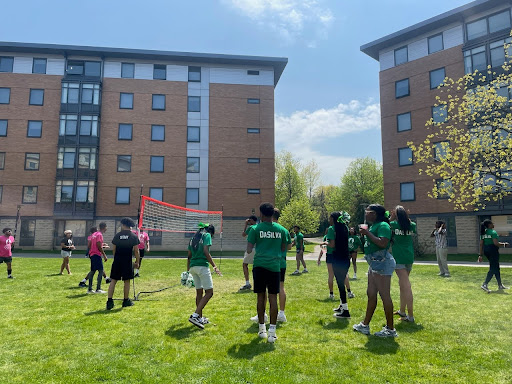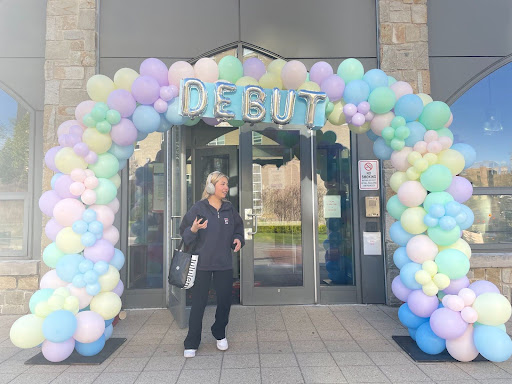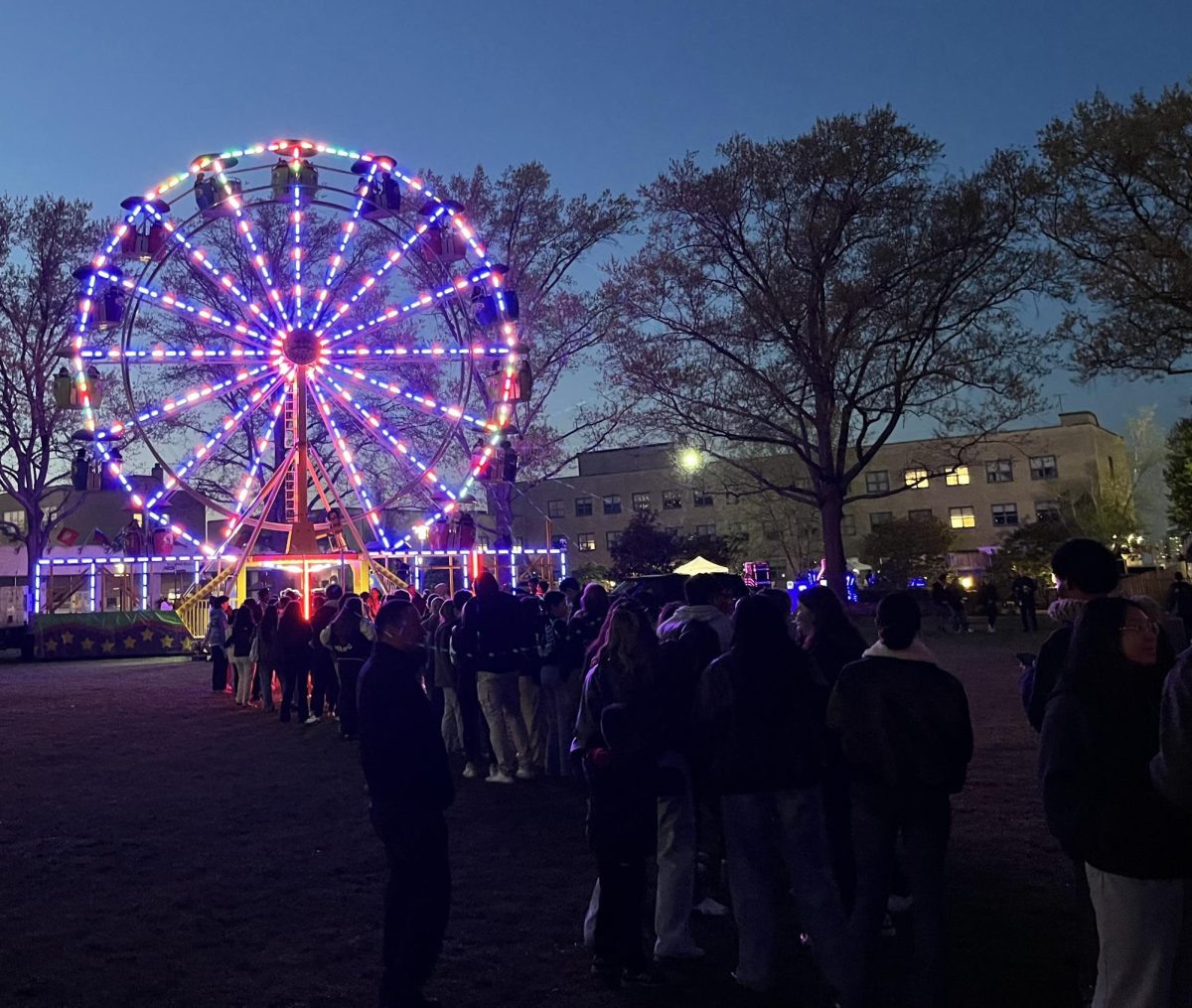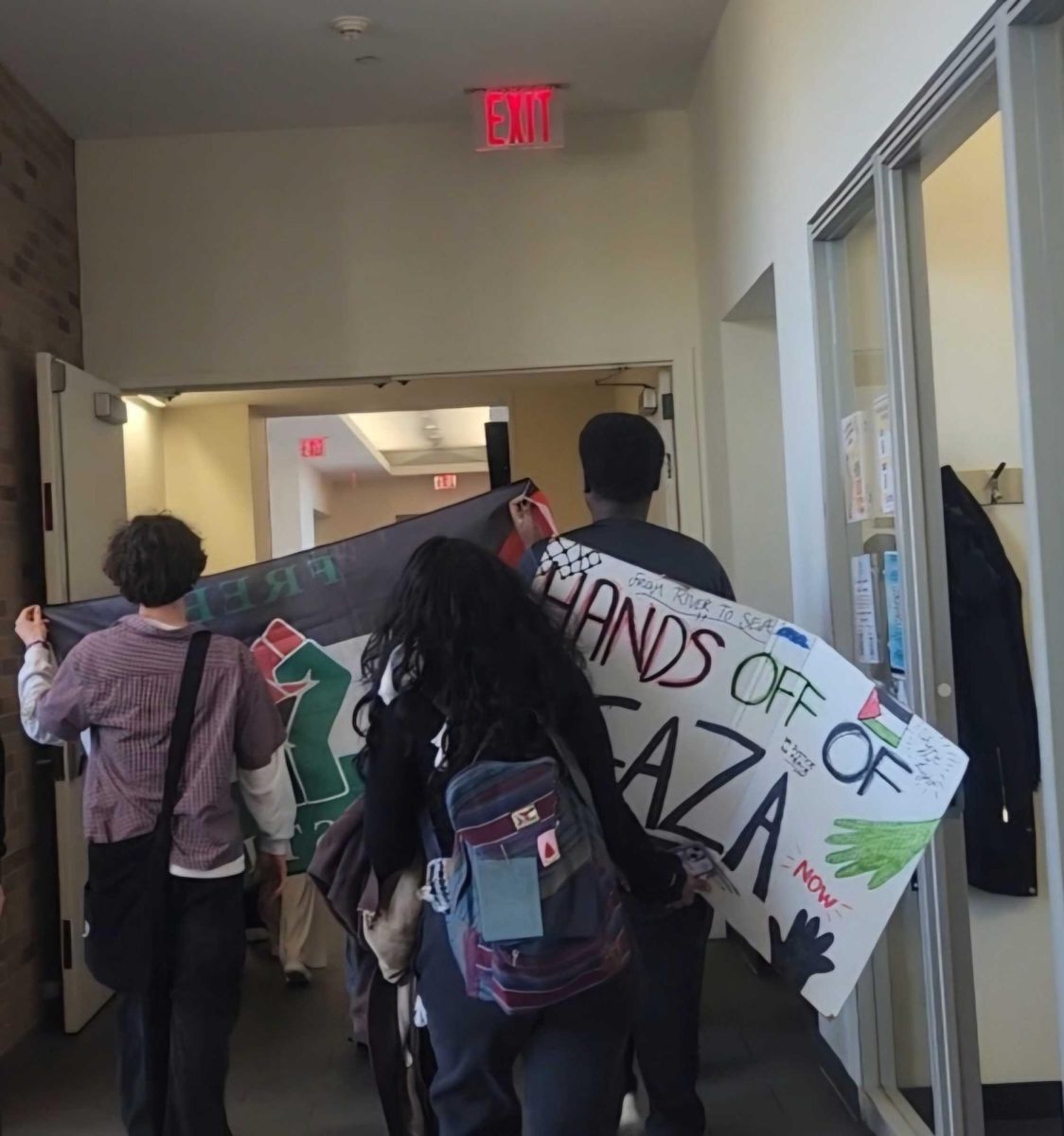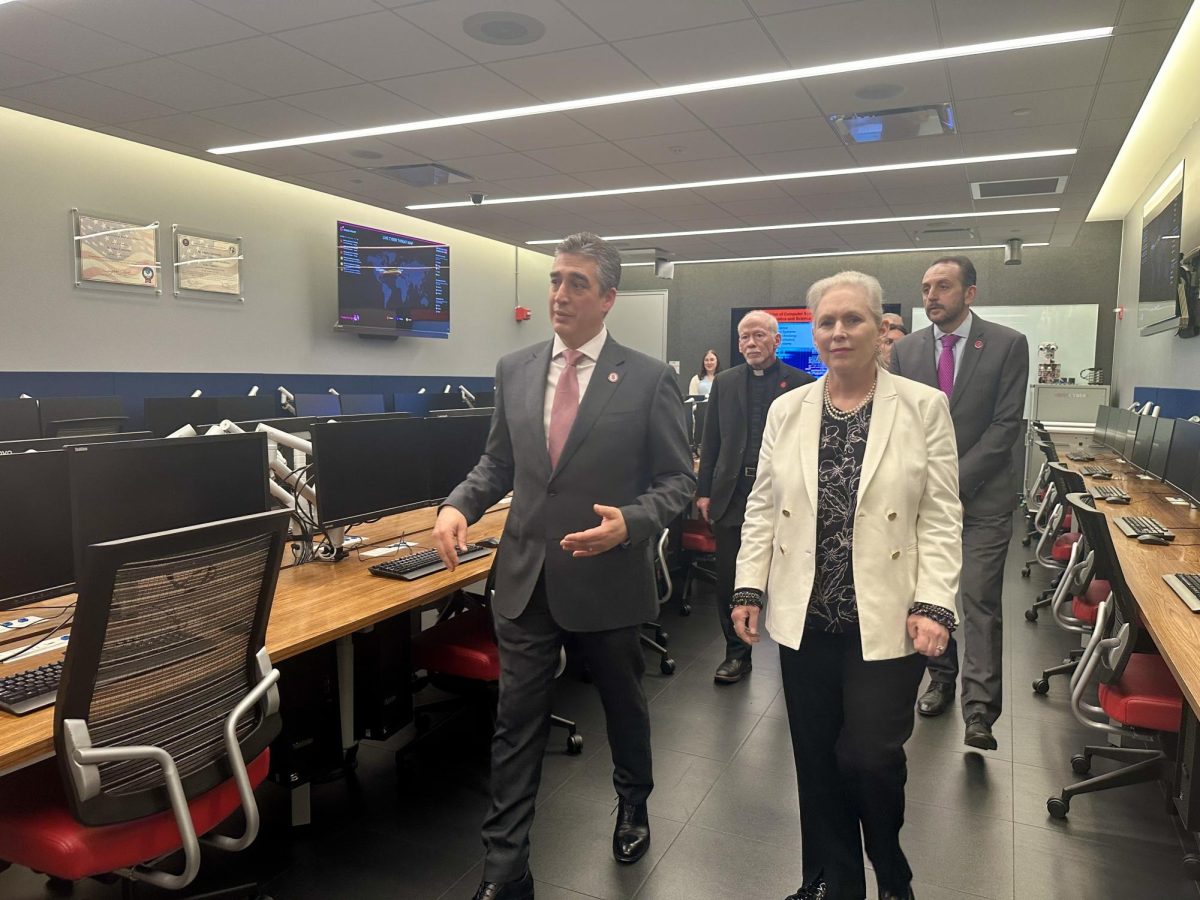Students gathered at the Law School on Nov. 29 for a discussion on how to prevent gerrymandering, which included a film screening and panel consisting of New York State senators and assembly members.
After a census every 10 years, states reapportion the amount of state senators and assembly members based on varying population in the districts they represent. The process of redistricting then begins, which involves redrawing district borders to ensure that approximately the same amount of people fit within each district.
All of this is mandated and necessary in order to assure communities receive equal representation in local and federal legislatures. However, when politicians redraw district lines in order to give their parties an advantage, this creates an illegal but at times difficult to define practice called gerrymandering.
New York Assembly Member Rory Lancman, a democrat representing the 25th district, which includes the University, was one of the panelists at the discussion.
“All of us are intensely focused on what the new lines will mean for our districts and how to go out and win reelection,” Lancman said, alluding to the other members of the panel, which included New York Democratic State Senators Michael Gianaris of the 12th district and Toby Ann Stavisky of the 16th, along with New York Republican Assembly Member Edward Ra of the
21st district.
Panelists discussed the problems facing redistricting and ways to solve them.
Senator Stavisky shed light on the dilemma surrounding the fact that New York prisoners are counted in districts of their last known address rather than their prison’s district. Because inmates are not permitted to vote, this often causes communities to be underrepresented.
Senator Stavisky went on to suggest that this could be solved through the process of reestablishing “the criteria for drawing lines.”
“No matter what you do, there will always be someone who said, ‘I was gerrymandered,’” Assembly Member Ra said. “It still doesn’t mean there aren’t solutions.”
Ra went on to say that amendments can always be made to New York’s state constitution in hopes of reforming redistricting. If one were to pass through both houses, it would then be subject to a public vote.
“It’s always a privilege to have folks come on campus excited about talking about this topic,” said Alexander Marion, senior and President of the College Democrats. “The student population is so diverse. It’s important to see how we’re represented and to see how districts have impacts all across the state.”
The 2010 documentary titled Gerrymandering, written and direced by Jeff Reichert, provided an in-depth look on the illegal practice through examples of its use in the near and distant past. It also followed the campaign for a California state statute that was enacted in 2008 titled Proposition 11, which grants the power to redraw district lines to an impartial Citizens Redistricting Commission instead of politicians.
Sophomore and president of the College Republicans Greg Mitchell said he found the film “very insightful.”
“[It] opened my eyes as to how the maps are drawn,” Mitchell said. “Elected officials are out of the hands of the people,
it’s almost like candidates are given to the people.”
The film also explained where the term gerrymandering got its name. In 1812, Massachusetts Gov. Elbridge Gerry redrew the lines of a district in order to create an advantage for his political party. It just so happened that the newly formed shape of the district was that of a salamander and newspapers of the day combined the two, creating the term gerrymander.













